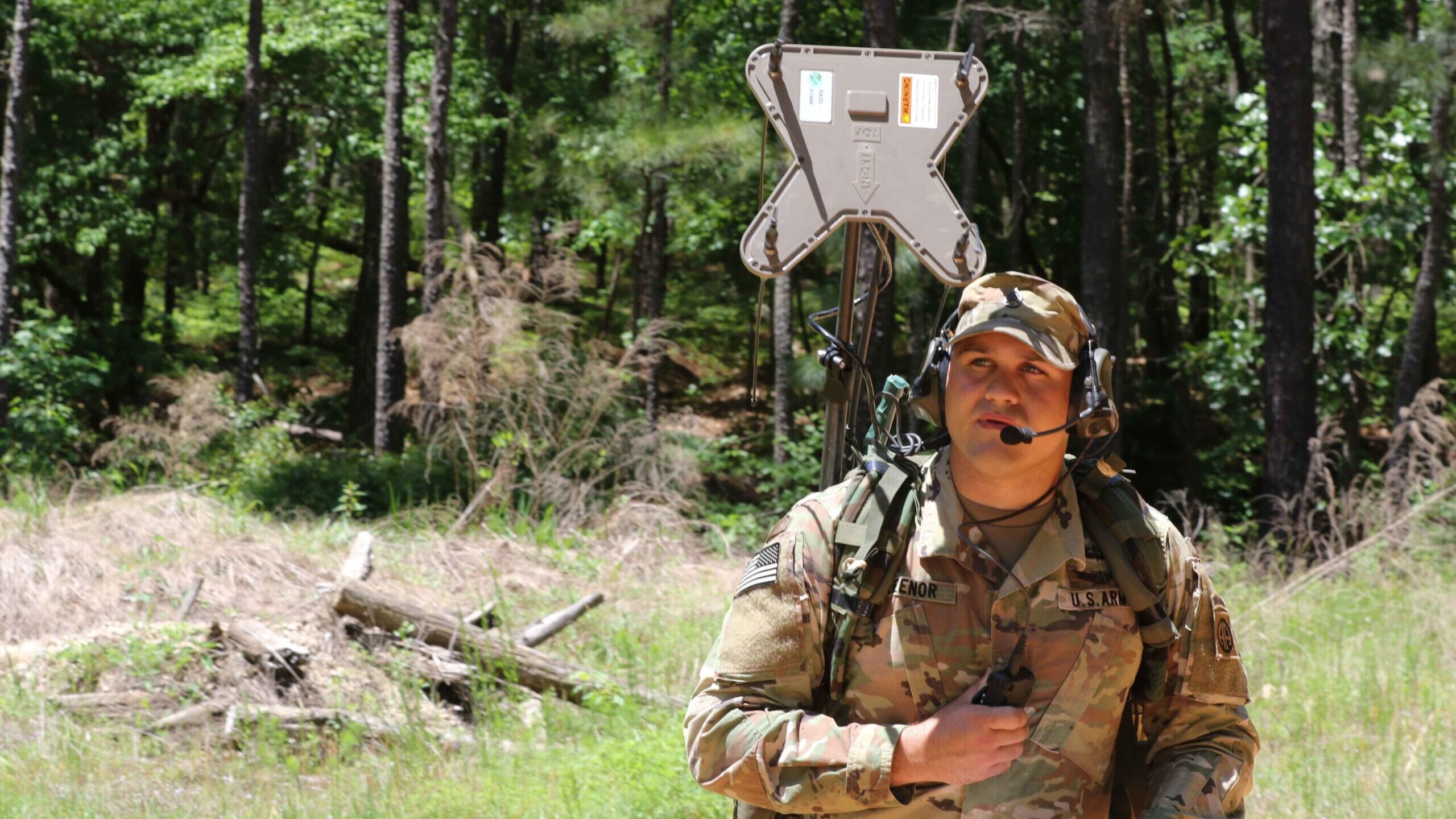JASPREET GILL

NASHVILLE — The Army faces a few key challenges to improving the speed at which it turns out its electronic warfare (EW) capabilities, and making use of open systems architecture can unlock “limitless potential” for the service, the service’s undersecretary said this week.
Speaking with reporters here at the Army Technical Exchange Meeting, Army Undersecretary Gabe Camarillo laid out the challenges when it comes to accelerating the pace of bringing capabilities online.
“I think there’s always room for us to improve the speed and acceleration at which we can turn out capabilities but, let’s be clear, on the EW side, without obviously getting into anything that would be classified…there is two sets of challenges you’re fundamentally looking at,” he said. “One is…primarily software-based and making sure that we have the ability to counter and address and respond to any type of EW threats that we would encounter on the battlefield…The second challenge, of course, is integrating that capability onto the diversity of platforms that we have.”
That second challenge is an area in which the Army can “sometimes get siloed into different programs of record of different configurations that make sense based on the way we’ve funded it in the past,” he said, and added the Army needs to continue emphasizing the modular open systems architecture approach that would facilitate the integration in a much more streamlined way.
For example, “mounting it onto a Humvee of JLTV is one thing, mounting it onto [an unmanned aerial vehicle] or something else with a different payload essentially is different or a different set of challenges,” he said.
He’s particularly impressed by the service’s adoption of the C5ISR Modular Suite of Standards program, a platform that will allow soldiers to plug in cards embedded with networking and EW capabilities. Last December, the Army’s Open Innovation Lab held Plugfest, its capstone event centered on capabilities for the service’s CMOSS platform where they tested, in part, position, navigation and timing cards from industry that could plug into a CMOSS box and the size, weight and power of different CMOSS chassis.
“And I think that really unlocks limitless potential,” Camarillo said about CMOSS. “To me, you know, it is a challenge in the future not just in terms of providing the defensive and offensive capabilities, but also integrating them onto the wide range of platforms that the Army has.”
While the service is continuing to emphasize its open systems architecture approach, it’s also beginning to rethink how it buys its technologies. Camarillo told reporters Wednesday the Army is experimenting with different buying models, starting with the procurement of more than 350,000 tactical radios.
Under a new “as-a-service” pilot, the Army will contract with a vendor to provide a minimal number of radios for training, centrally store or lease radios for operations and upgrade software as required. That model might require the Army to take a broader look at the processes it uses to fund and field equipment.
The Army is slated to release two requests for information today for industry, with one focused on conducting market research for the pilot program and the second will ask vendors what they can provide in terms of their own investments and innovation to meet the service’s requirement for a low-cost, single-channel, secure unclassified radio.
No comments:
Post a Comment